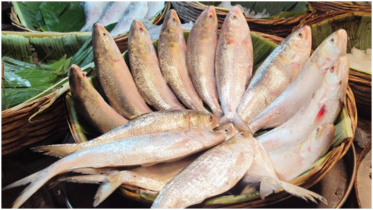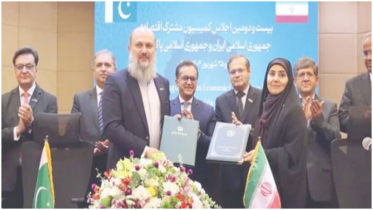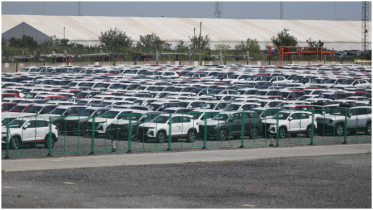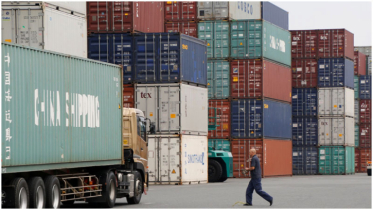How India's invisible barrier is costing Bangladesh RMG exporters dearly
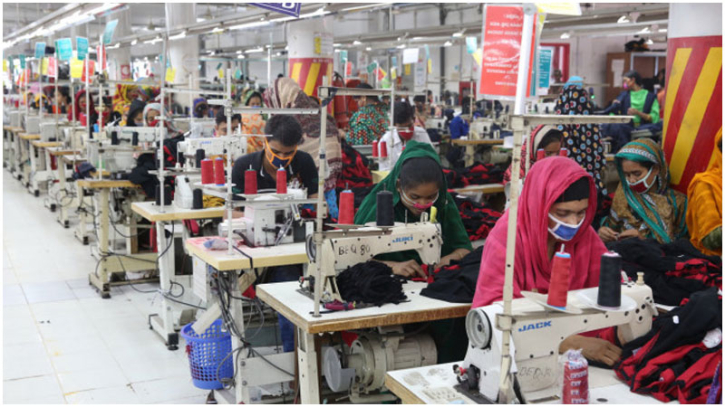
Bangladesh's garment exporters are stumbling over an invisible barrier in India that threatens to undercut a rare opportunity in the global trade arena.
For months, Indian customs authorities have been holding up apparel samples that Bangladeshi firms send to buyers' regional offices in Delhi, Bengaluru and other cities, they said. The delays, often stretching to three weeks, or outright refusals to clear shipments, have forced exporters like Sparrow Group to hand-carry samples by air at costs nearly 20 times higher than courier rates.
"This is nothing but a non-tariff barrier," said Shovon Islam, managing director of Sparrow, which exported about $300 million worth of garments last year.
The bottleneck emerges as shifts in US tariffs redirect new orders to Bangladesh, amid months of frosty diplomatic relations with India following last August's change in the Sheikh Hasina government.
Barrier could blunt US tariff advantage
Exporters fear the new barrier could blunt that US tariff advantage, as brands such as Mango, Levi's and Marks & Spencer require timely sample approvals before placing orders.
The implications are stark: lost time, higher costs, and a chilling reminder that trade wars are not always fought with tariffs alone, according to exporters.
Shovon Islam claimed, "Sending garment samples via courier to three foreign buyers' offices in India has become increasingly complicated in recent months, with delays worsening over the past two months. Indian customs authorities have been holding the samples under the guise of inspections or not releasing them at all, forcing exporters to hand-carry them by air. This has raised the cost of sending a 5kg sample package from Tk5,000 to nearly Tk100,000."
The problem affects a significant number of exporters. For example, DBL Group's Managing Director, MA Jabbar, Fakir Fashions Limited's Managing Director, Fakir Kamruzzaman Nahid, and three other exporters and buyers' representatives reported that sending samples to India now takes three to four times longer than before.
They alleged that "while there is no written restriction from the Indian government, customs authorities are deliberately obstructing samples by air courier to hinder Bangladesh's exports."
Bangladeshi exporters regularly send samples to offices of top brands in India, including Puma, Marks & Spencer, H&M, Levi's, and Mango. Samples are needed both for pre-production approval and for random checks before final shipment.
Additionally, "salesman samples" are sent to stores for customer display. Without sample approval, finished products cannot be shipped, forcing exporters to incur extra costs by sending samples via air or alternative means to meet deadlines.
Most garment samples delayed
Exporters said that currently, most garment samples sent via courier to India are being delayed, held, or subjected to value limits by Indian customs. Shipments that should take 3–5 days are now taking 15–20 days, and some are blocked entirely.
Shovon Islam said he regularly has to send samples for approval to the offices of Marks & Spencer, Levi's, and Mango – two located in Delhi and one in Bengaluru. "But since Indian customs authorities either hold or delay clearance of courier shipments, the samples now have to be hand-carried by air and then forwarded by courier to the buyers' offices," he said.
Puma's Country Manager in Dhaka, Moyeen Hyder Chowdhury, also raised the issue. He told TBS, "We have nearly 1,000 stores in India that require regular sample shipments, but air or air-courier shipments are not being allowed. As a result, some have to hand-carry the samples."
Highlighting the rising costs for vendors, he added, "Given the situation, we are now considering sending samples by ship."
Speaking to exporters and courier company representatives, TBS learned that sending samples by air courier usually takes about four working days, while shipping takes nearly three weeks.
Inamul Haque Khan Bablu, senior vice president of the Bangladesh Garment Manufacturers and Exporters Association (BGMEA), told TBS, "We've received complaints from both buyers and exporters that samples are being held up in Indian customs when sent through air courier. We plan to raise the matter with the commerce ministry."
He alleged that India has long created clearance complications for Bangladeshi sample shipments, but the problem has intensified recently following changes in US tariff rates. "Delays now stretch to 15–20 days unnecessarily," he said.
Explaining further, he said, "After the Trump administration's new tariff structure, India faces a 50% rate compared to 20% for Bangladesh. As a result, several buyers who used to source from India are now shifting or planning to shift orders to Bangladesh. This courier barrier seems like an attempt to obstruct that shift in business."
"We expect this problem to worsen in the future," he cautioned. "Our buyers have already been caught off guard."
There are 55 registered courier companies in Bangladesh, including DHL, FedEx, UPS, and Aramex.
A senior official in DHL's export division, requesting anonymity, told TBS, "If a shipment contains fabric labelled 'Made in Bangladesh,' Indian customs often hold it, as their government has restrictions on our export."
He added, "We advise exporters to contact the recipient in India before sending samples so they can coordinate with local FedEx to check whether the item can be cleared."
Nargis Murshida, joint secretary of the commerce ministry's export wing, told TBS, "We have not yet received any complaints from exporters. Once we do, we will decide on the next course of action."
TBS also reached out to the Indian High Commission in Dhaka for comment via email, but as of Wednesday, no response was received.
Exports to India grow despite trade barriers
Following the fall of Sheikh Hasina's government in August 2024 and her subsequent refuge in India, diplomatic relations between the two countries turned cold. India soon began imposing restrictions – first on Bangladeshi tourists, then on exports, including repeated bans on garment shipments through land ports. It also halted Bangladesh's use of Indian ports for transhipment.
Bangladesh, in turn, restricted yarn imports from India via land ports to curb under-invoicing. At present, exports to India are allowed only through Mumbai Nhava Sheva Port, also known as Jawaharlal Nehru Port (JNPT).
Even with these barriers, Bangladesh's exports to India rose 4% year-on-year in July of this year. For FY2024–25 as a whole, exports increased by more than 12% from the previous year, totaling $1.76 billion.
Garments account for about 35% of Bangladesh's export earnings from India, though imports from India continue to far exceed exports.
Restrictions deal blow to food, jute exports
Despite a rise in apparel exports, Bangladesh's shipments of jute, jute goods, and food products to India declined in July.
Pran-RFL Group, the leading food exporter to India, reported about a 15% drop in exports and an 8% rise in costs. "We used to export to almost all Indian states through any land port," said director Kamruzzaman Kamal. "Now, with shipments restricted to the Bhomra land port, expenses have gone up."
.png)

